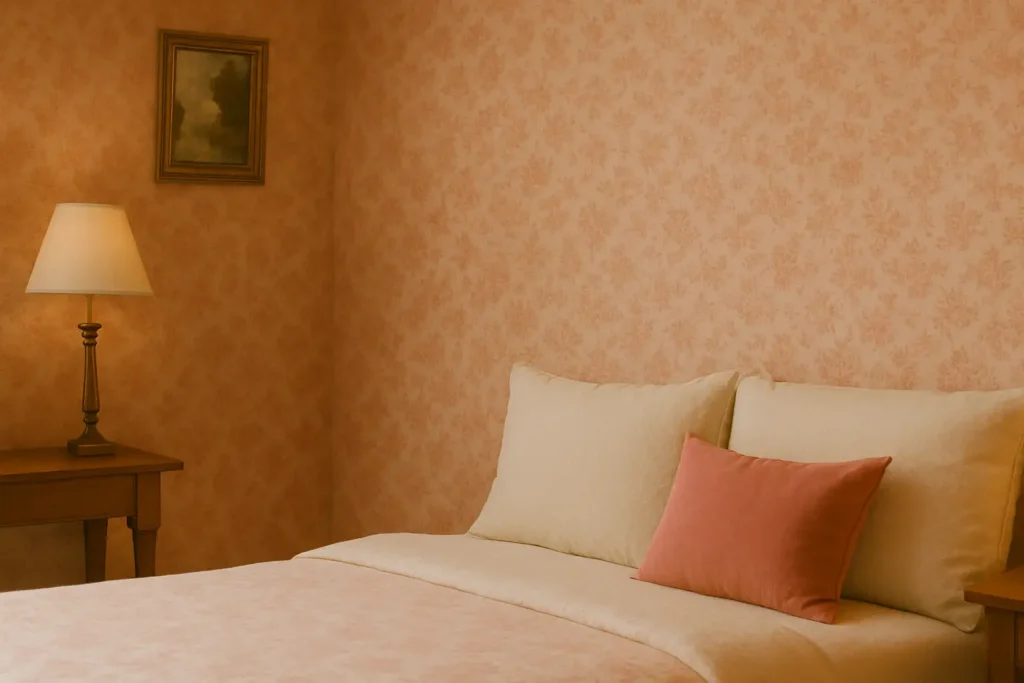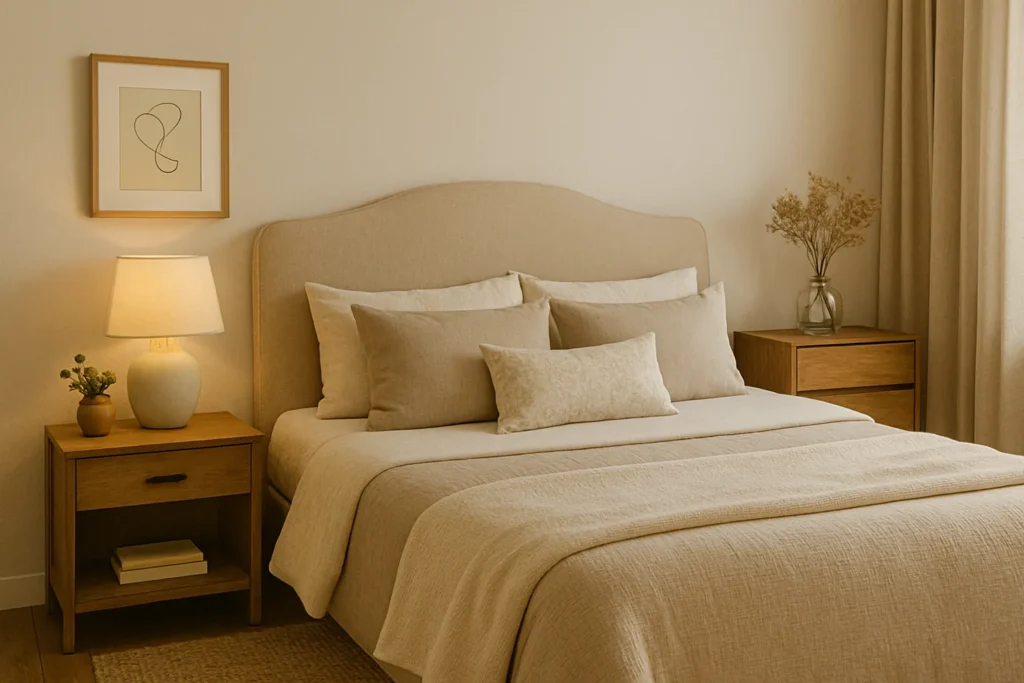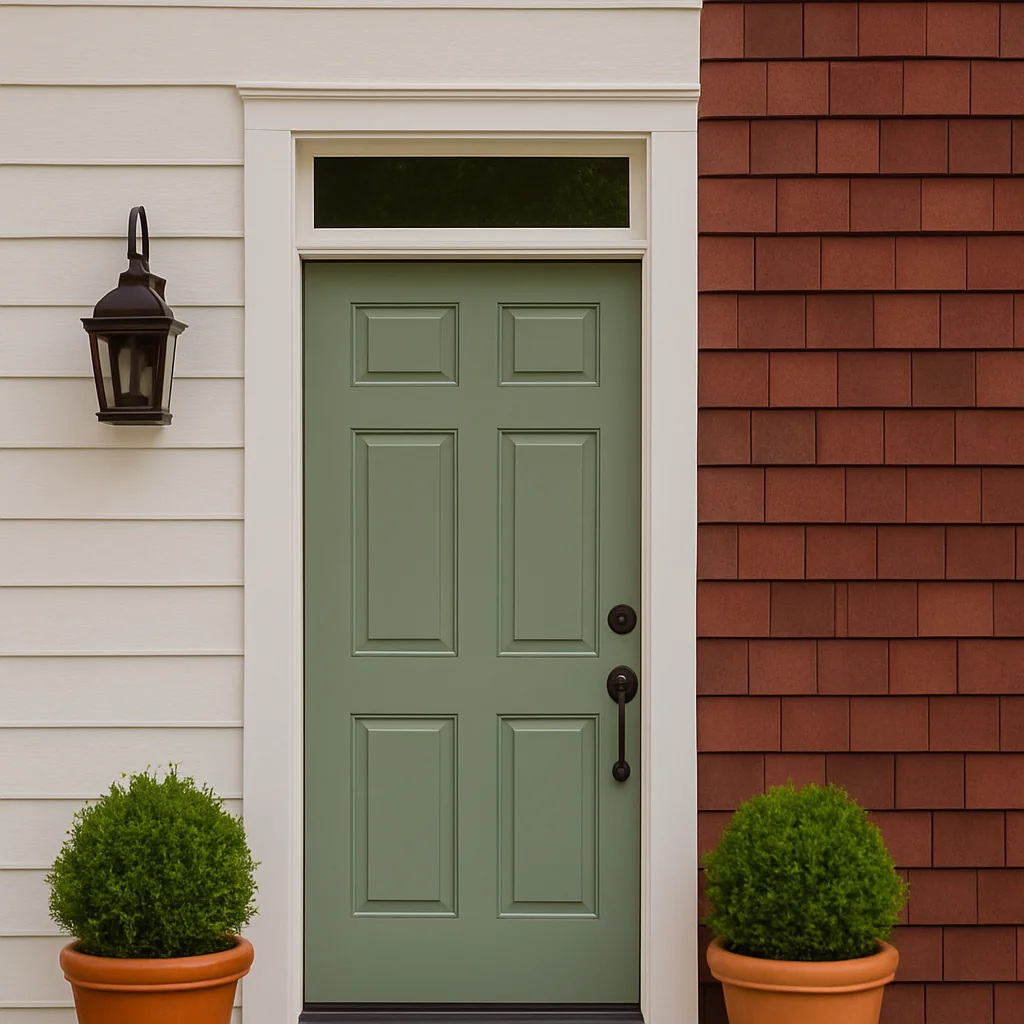There’s something instantly soothing about a room wrapped in fabric. It softens sound, calms harsh corners, and transforms walls into something warmer, more tactile, and lived-in. If you’ve ever wondered how to cover walls with fabric without it looking like a last-minute DIY, you’re in the right place. This guide walks you through every step—from choosing the right material to installation methods that suit your space and lifestyle.
Why Fabric Walls Feel So Inviting
Think about your favorite cozy hotel or that one stylish friend’s home where everything feels layered and calm. Chances are, the secret is texture. Covering walls with fabric adds a softness you can’t get from paint or wallpaper. It mutes echo in high-ceilinged spaces. It creates depth, richness, and mood.
Whether you want a touch of drama in your dining room or a peaceful cocoon in your bedroom, fabric lets you control the tone of the room in a subtle but powerful way.
Step 1: Choose the Right Fabric for the Mood You Want
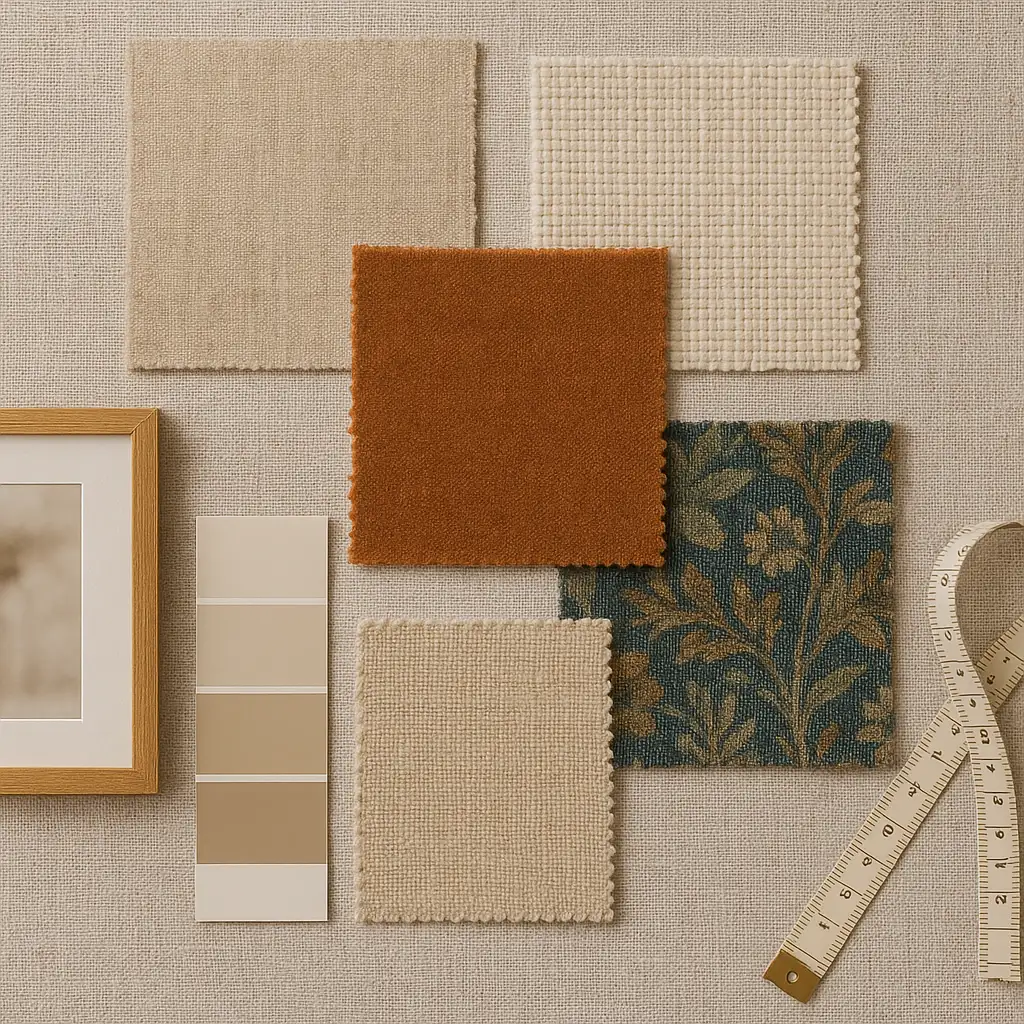
Start with intention. Do you want the space to feel airy and romantic? Light cottons or linens are your best friends. Looking for something cozier and more dramatic? Think velvet, tapestry, or heavy canvas.
Also consider the weave and weight. Sheer fabrics can glow beautifully in sunlight, while thicker fabrics give the room a grounded, plush feel. Patterns can energize a room or create a visual focal point, but solids in rich tones often feel more timeless.
Before deciding, tape a few fabric swatches directly to your wall. Let them sit for a day or two and pay attention to how they change in natural light throughout the day: morning softness, the golden glow of late afternoon, and the cozy dim of evening. Seeing the fabric in real time helps you sense which one truly belongs in the room.
Step 2: Pick the Right Installation Method for Your Needs
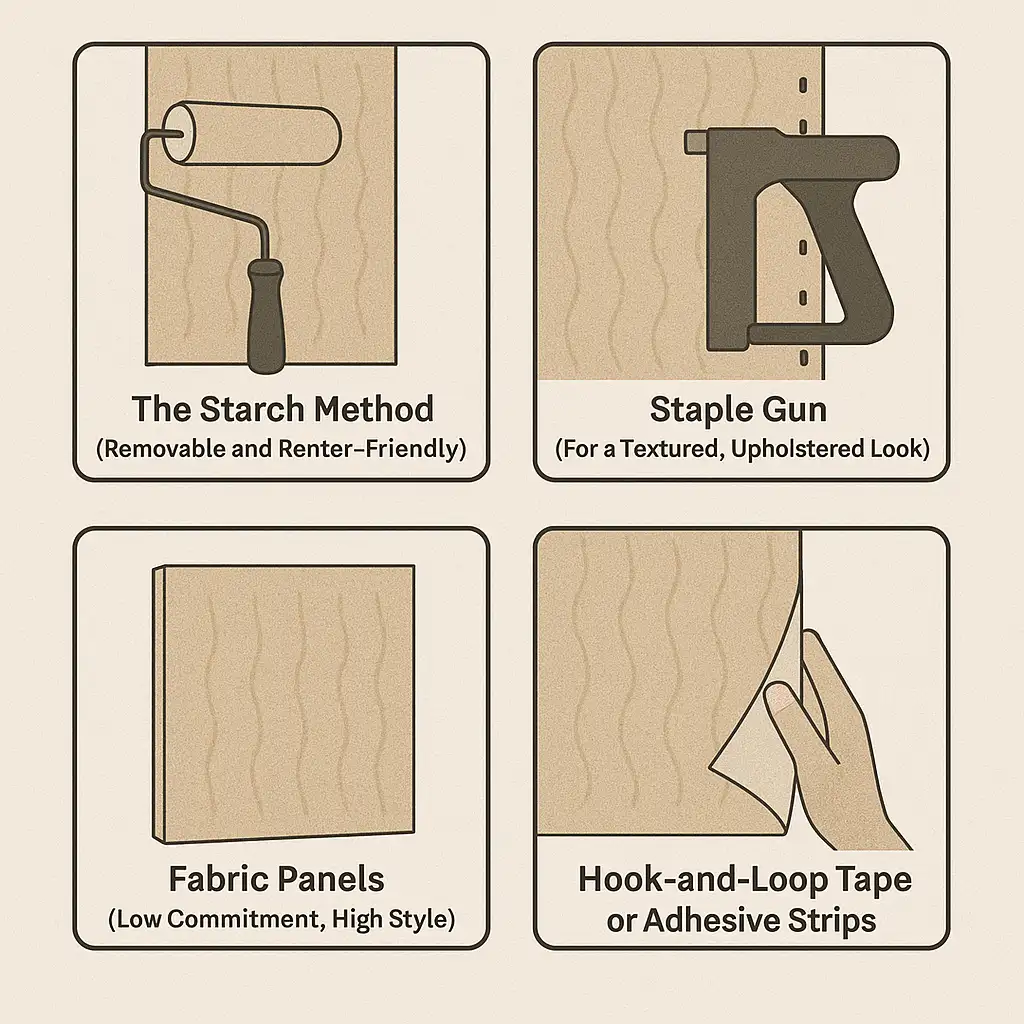
Fabric can be installed temporarily or more permanently, depending on your space, budget, and how often you like to change things up. Here are a few go-to methods:
The Starch Method (Removable and Renter-Friendly)
Mix liquid starch with water, soak the fabric, and apply it directly to the wall. It dries smooth and holds like wallpaper, but peels off easily when you’re ready for a refresh.
Staple Gun (For a Textured, Upholstered Look)
Ideal for accent walls or small rooms where you want a snug, built-in feel. Pull the fabric tight and staple along edges or seams. Works best with thicker materials.
Fabric Panels (Low Commitment, High Style)
Stretch fabric over foam boards or canvas frames and hang like art. Great for renters or for playing with color and pattern in modular ways.
Hook-and-Loop Tape or Adhesive Strips
Perfect for lightweight fabrics and flexible layouts. Attach panels or sections without damaging the wall.
Step 3: Prep the Wall and the Fabric
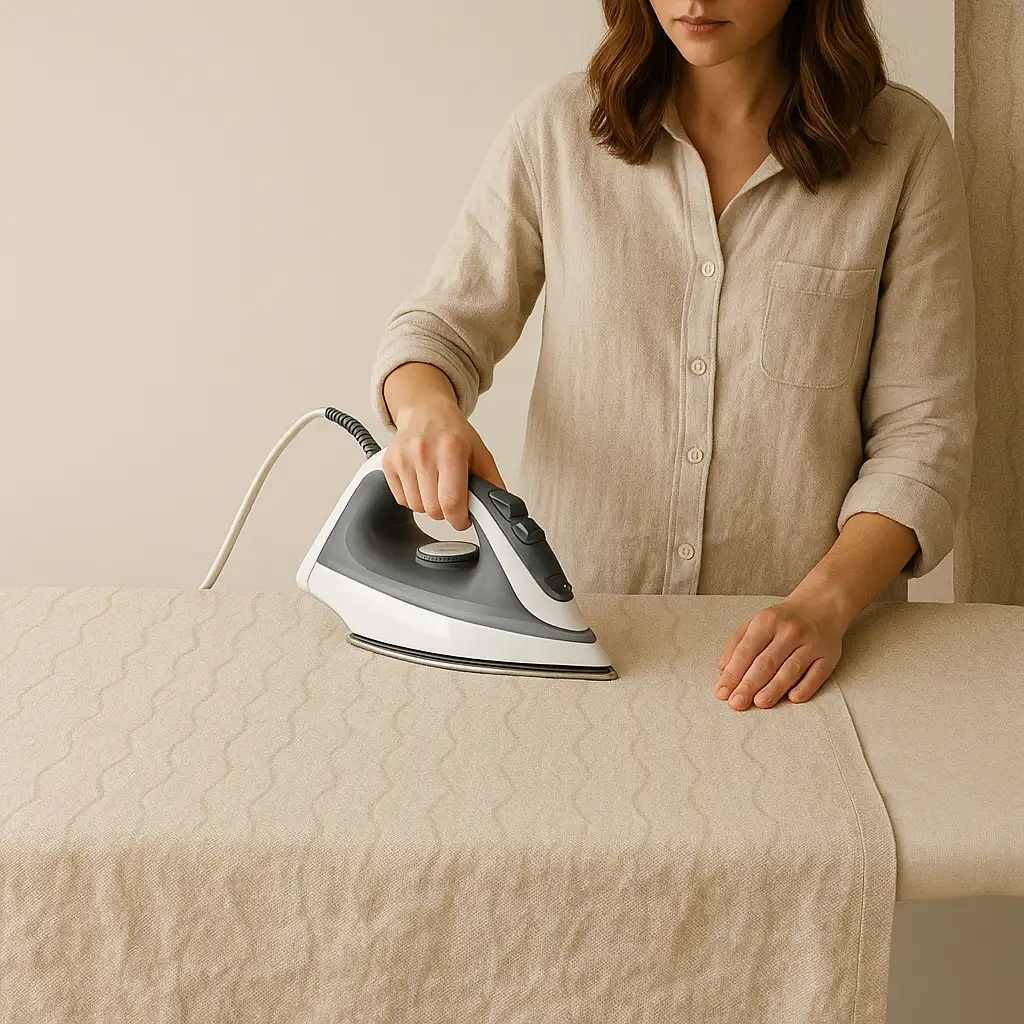
Don’t skip this part. Clean the wall to remove dust or oils. A smooth surface will help your fabric adhere better, especially with starch or tape.
Iron the fabric thoroughly before installing—wrinkles don’t magically disappear once it’s up. Cut with a few extra inches around the edges to allow for adjustments and trimming.
For large spaces, lay out the fabric on the floor or a clean table first. Make sure the pattern (if you have one) is aligned and consistent.
Step 4: Install with Care and Confidence
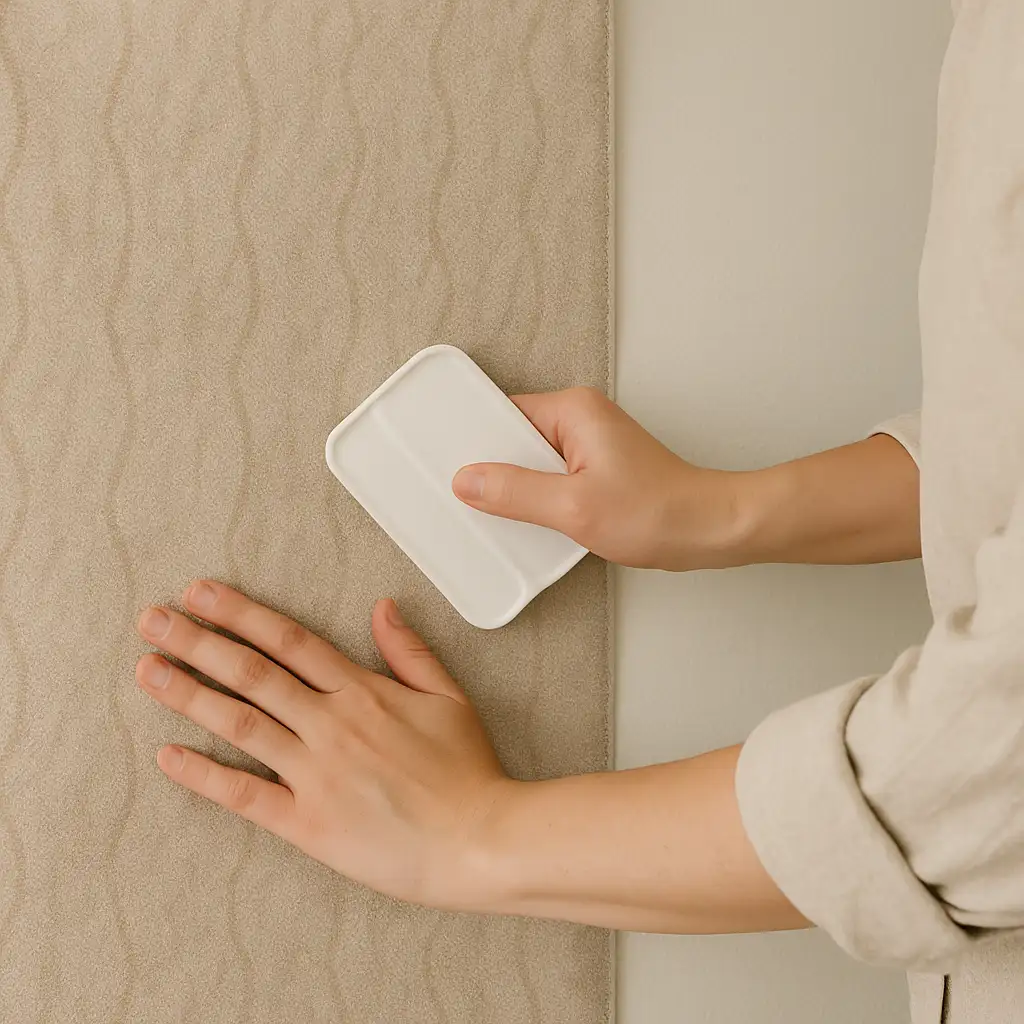
- Start in one corner and work outward.
- Use a smoothing tool (or a credit card) to eliminate bubbles and creases.
- For large fabric pieces, work in sections and check alignment as you go.
- Take breaks to step back and assess how the fabric flows across the space.
This process can be surprisingly meditative—put on music or a podcast and settle into the rhythm of smoothing, adjusting, and refining.
Step 5: Add Polished Finishing Touches
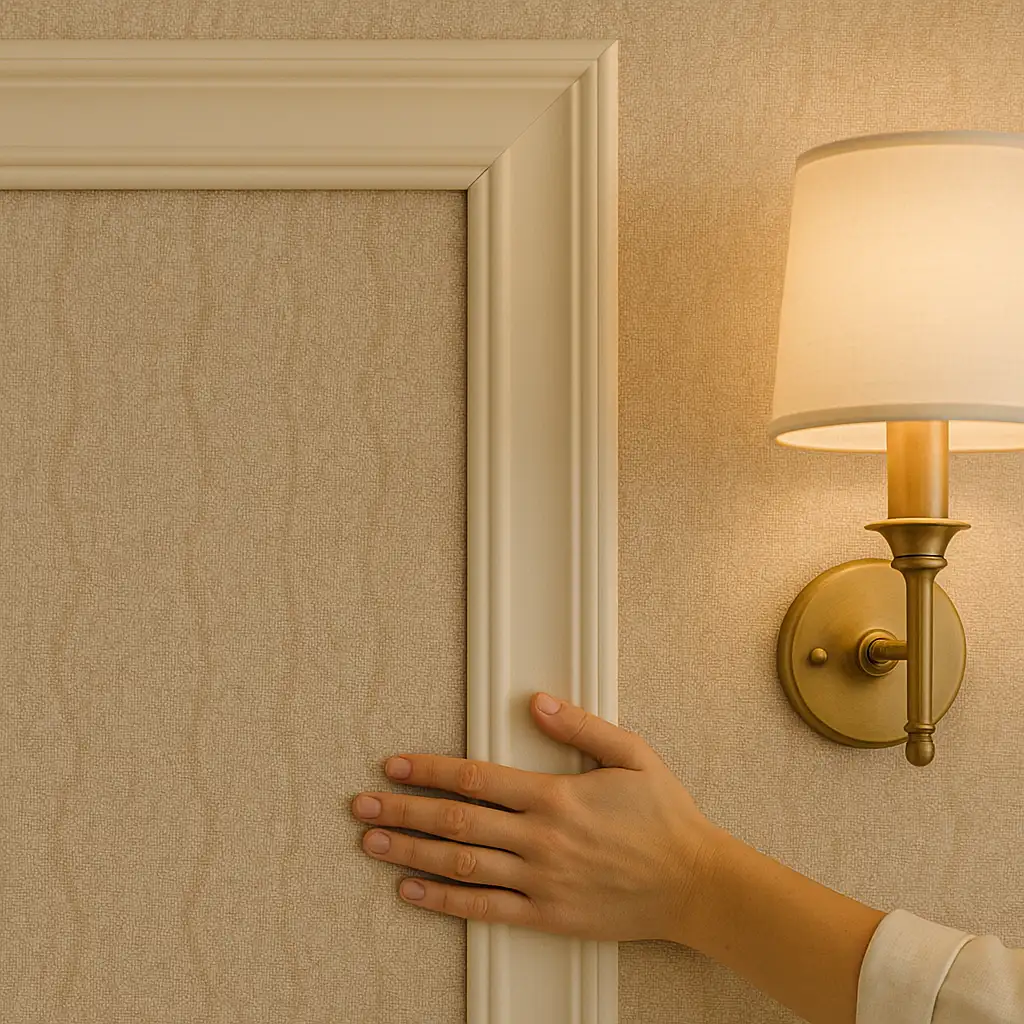
Once your fabric is up, finish the edges for a clean, elevated look. You can use trim, ribbon, or even thin molding to frame the fabric and hide staples or uneven cuts.
Accent lighting like sconces or soft uplighting will bring out the texture and make the fabric glow. And don’t be afraid to layer art or mirrors on top of the fabric for a high-end, dimensional look.
Living with Fabric Walls: Care and Flexibility
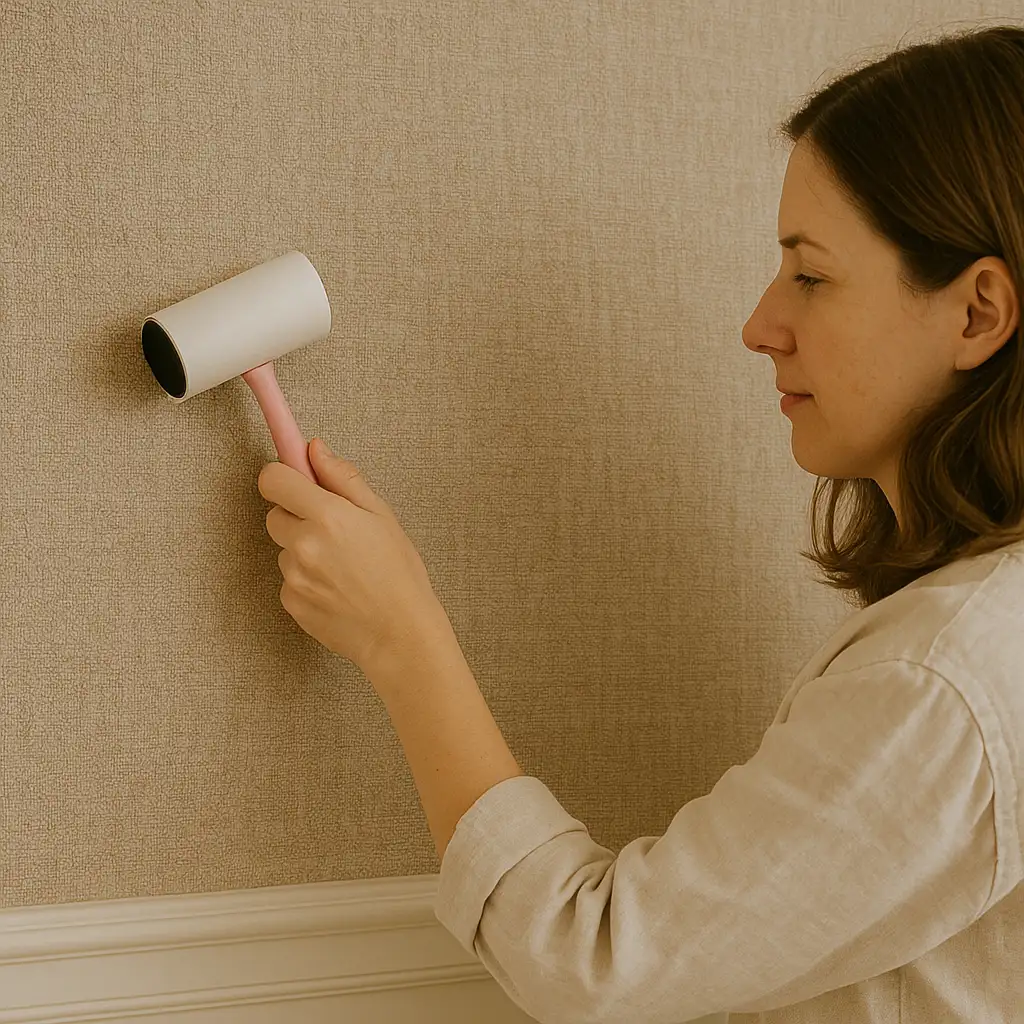
One of the best parts of fabric walls is how easy they are to live with. A quick dusting with a microfiber cloth or a gentle vacuum keeps them looking fresh. Most everyday fabrics are surprisingly durable and don’t require frequent maintenance.
What makes them especially appealing is their adaptability. If you chose a removable method, swapping out fabrics with the seasons or as your style changes is simple and satisfying. Your space stays dynamic, reflecting who you are right now.
A Final Thought
Learning how to cover walls with fabric opens the door to a softer, more personal kind of decorating. It’s not just a technique—it’s a way to shape atmosphere. To bring warmth, quiet, and beauty into a space.
If your walls are feeling a little flat, maybe they’re just waiting for a layer of softness. Fabric might be the missing piece because sometimes the best rooms don’t just look good—they feel like home.
